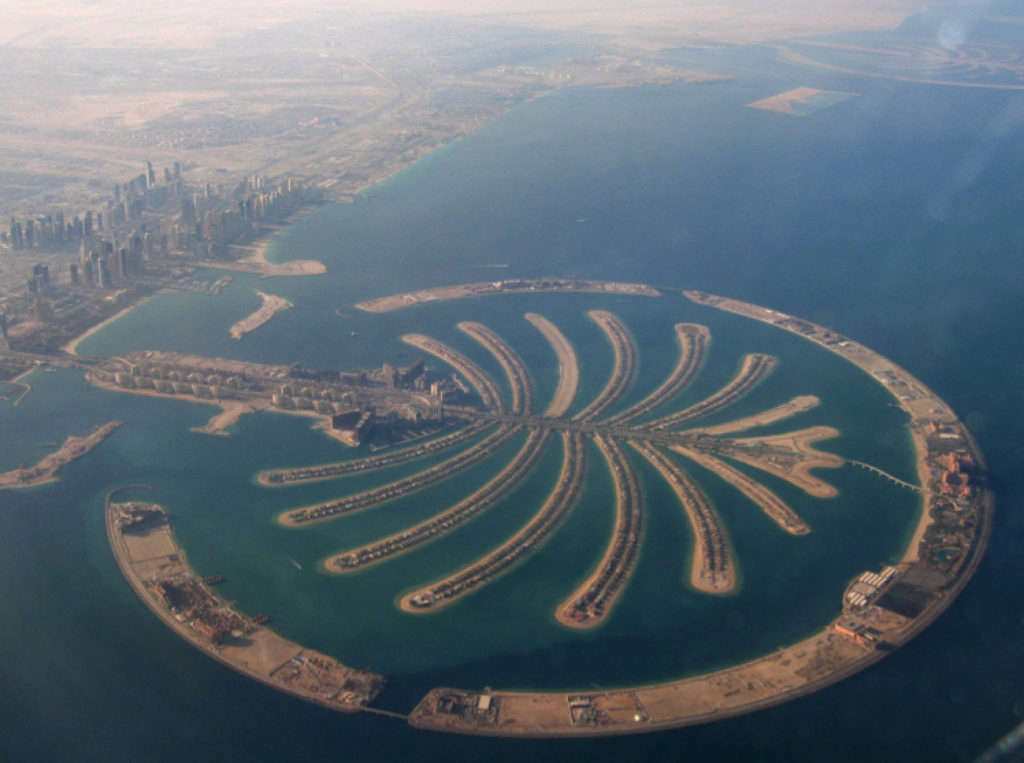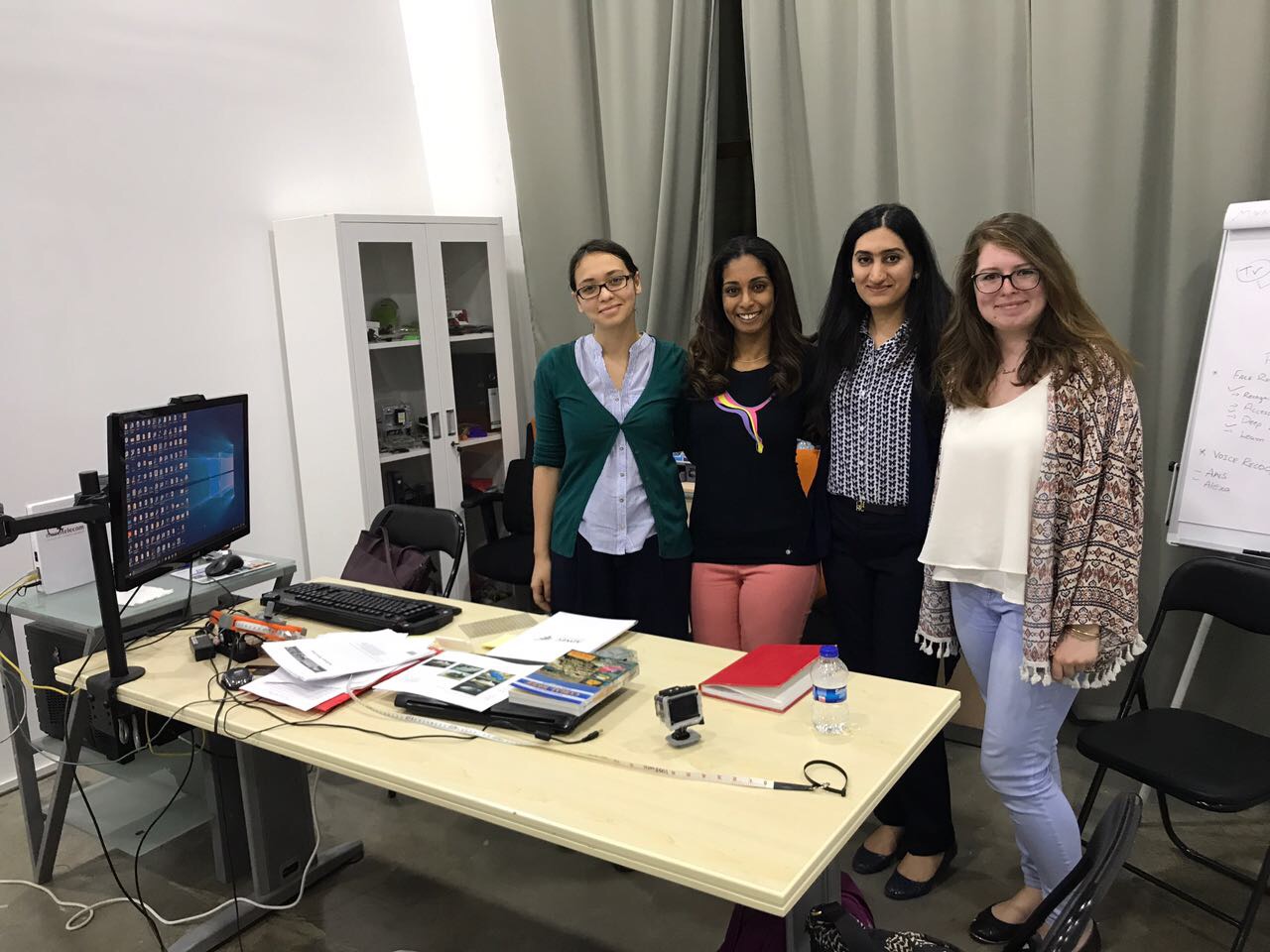Homo sapiens, biodiversity and climate change in the Arabian Gulf
“In order to understand, I destroyed myself.” ― Fernando Pessoa
For the past 4.5 billion years, the world we today call “Planet Earth” has been undergoing constant change since its formation especially in terms of climatic changes driving evolutionary change whereby species and ecosystems work on adapting to survive or face extinction. This constant fluctuation between the climate being extremely cold and covered in ice to very hot and vice-verse has in the past 10,000 years come to equilibrium, thus, making the planet’s climate more stable.
This has led to the flourishing of diverse flora and fauna creating what we know as today’s biodiversity and subsequently to the explosion of the Homo sapiens species population. The Convention on Biological Diversity (CBD) defines biodiversity as the variety of life on earth and the natural patterns it forms, this refers to ecosystem, species and genetic variation.
In the past approximately 650,000 years, temperatures and greenhouse gases such as CO2 and CH4 levels are known to have changed following cyclical patterns over a large span of time. However, over the past century following the industrial revolution, human activities have started affecting the natural climate balance negatively whereby CO2 levels have now reached 400 ppm in comparison to the 80 ppm rise in CO2 concentration at the end of the past ice age which took over 5000 years to occur.
Climate change impacts are already being felt around the world with projections of dramatic shifts in the states of many ecosystems; climate change has also been linked to well documented changes in physiology, phenology, species distributions and others (Watson, 2012). Moreover, it is also seen to be one of the main contributors to the global loss of biodiversity and has already caused accelerated rates of species’ extinctions along with changes to ecosystems worldwide (Sala et al., 2000; Thomas et al., 2004; Pimm, 2008; Watson, 2012).
Known to host the world’s hottest sea, the Arabian Gulf in recent years has become an attraction hub for scientists, economists, energy experts and researchers from various fields due to the region’s interesting and challenging nature (Riegl & Purkis, 2012). Despite the harsh environmental conditions, the region harbours a rich biodiversity bringing together ecosystems such as coral reefs, mangroves, sea grass beds and sabkhas whilst being home to numerous endemic species. Moreover, the Arabian Gulf also fosters many migratory species of turtles, whales and other species and is considered to be of international importance in terms of biodiversity as it hosts the second largest population of dugongs following Australia and the largest breeding colony of the Socotra Cormorant in the world in addition to many other reasons.
In addition to this biological richness, the Arabian Gulf Countries (GCC) is also rich in fossil fuel reserves and therefore, have an economy based on fossil fuels. Unsurprisingly, five Gulf countries rank among the world’s top 50 emitters of carbon dioxide whilst four have reached the world’s top ten list in terms of ecological footprints (Hertog & Luciani, 2009; Kumetat, 2009; Van Lavieren et al., 2011). Furthermore, the Gulf countries have also been ranked at the bottom of the Environmental Sustainability Index (ESI) (Spiess, 2008; Khan and Kumar, 2009). This is due to current policy frameworks in the Gulf, which are often oriented towards economic development and social well being rarely considering environmental sustainability (Van Lavieren et al., 2011).
It is now widely recognized that climate change and biodiversity are interconnected and though biodiversity is affected by climate change thus having negative consequences for human well-being, it is known to be an important contributor to both climate change mitigation and adaptation through the ecosystem services it supports. Hence, making conserving biodiversity critical to address climate change.
In various Gulf States such as Bahrain and the UAE, large scale projects aiming at coastal development and expansion through land reclamation were exercised as part of their socio-economic development, (Khan and Kumar, 2009). Some Gulf countries have already developed more than 40% of their coastline during the last 20 years, no other area in the world has experienced this extent of coastal manipulation in such a short time frame (Van Lavieren et al., 2011). This in turn has had adverse impacts to coastal and marine ecosystems in the region especially those close to shore such as seagrass beds, mangroves and coral reefs whereby 70% of original reef cover may be considered lost and a further 27% threatened or at critical stages of degradation (Van Lavieren et al., 2011), thus destroying the natural barriers and coastal protectors from sea level rise. Moreover, such ecosystems are seen as excellent natural carbon sinks hence, lowering the concentration on carbon in the atmosphere and contributing to naturally mitigating climate change. However, these ecosystems are rapidly disappearing from the region in the name of development.
Climate change indeed presents a new and severe environmental, economic, social and security threat in the Arabian Gulf region (Elasha, 2010). However, unlike other countries with rich biological diversity, the Gulf countries are yet to define their climate policies and strategies in addition to working on mainstreaming them. Little action and commitment was seen from the Gulf States to address climate change at the UN climate negotiations (UNFCCC).
Next week, governmental delegates from around the world will gather in Lima, Peru for the twentieth Conference of the Parties to the UNFCCC (COP12) to negotiate their way to 2015, will the Gulf States reveal something substantial a year to the 2015 climate deal deadline? Or will this part of the world ignore the problem at hand and continue to self-destruct themselves? For the saying still stands whereby we only learn from our mistakes – perhaps people in the Arabian Gulf need to undergo the thwart of nature to actually step up and take action on climate change.






 Next Post
Next Post
